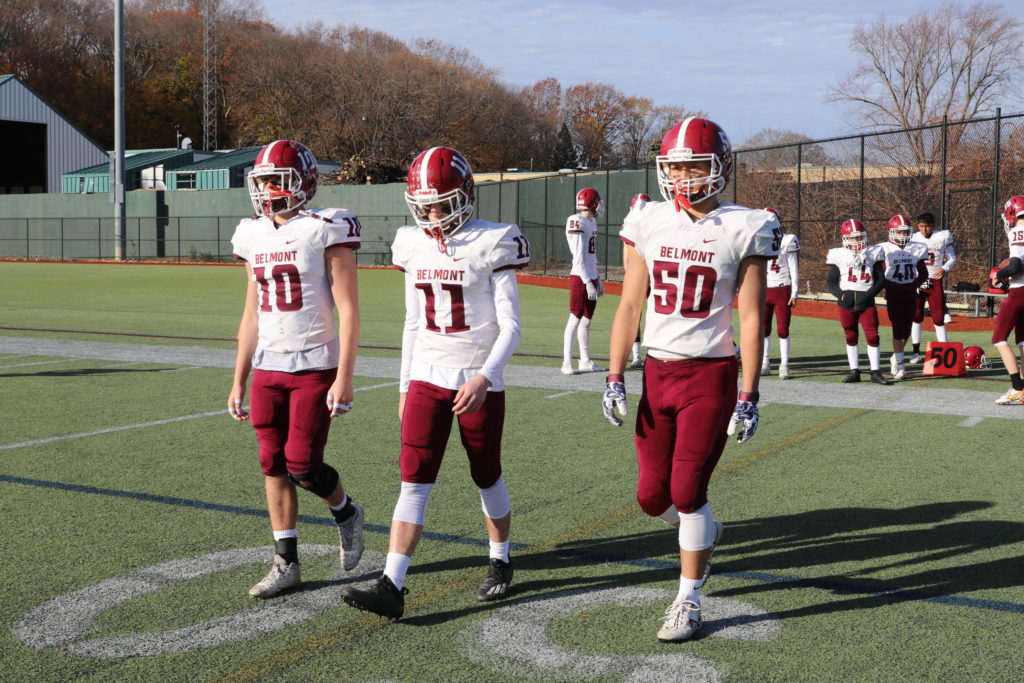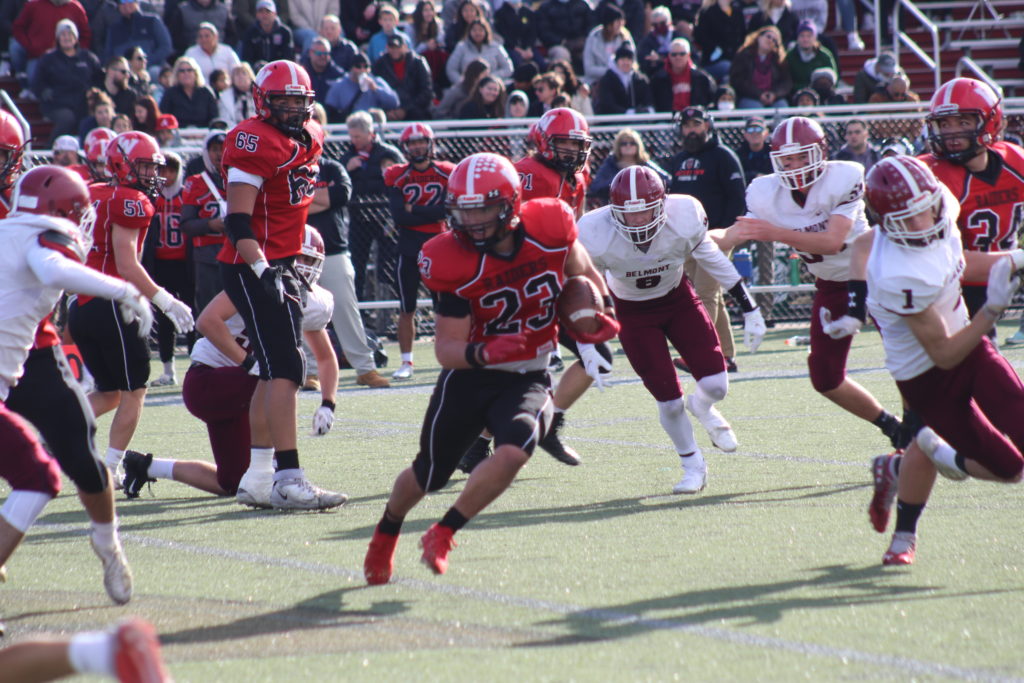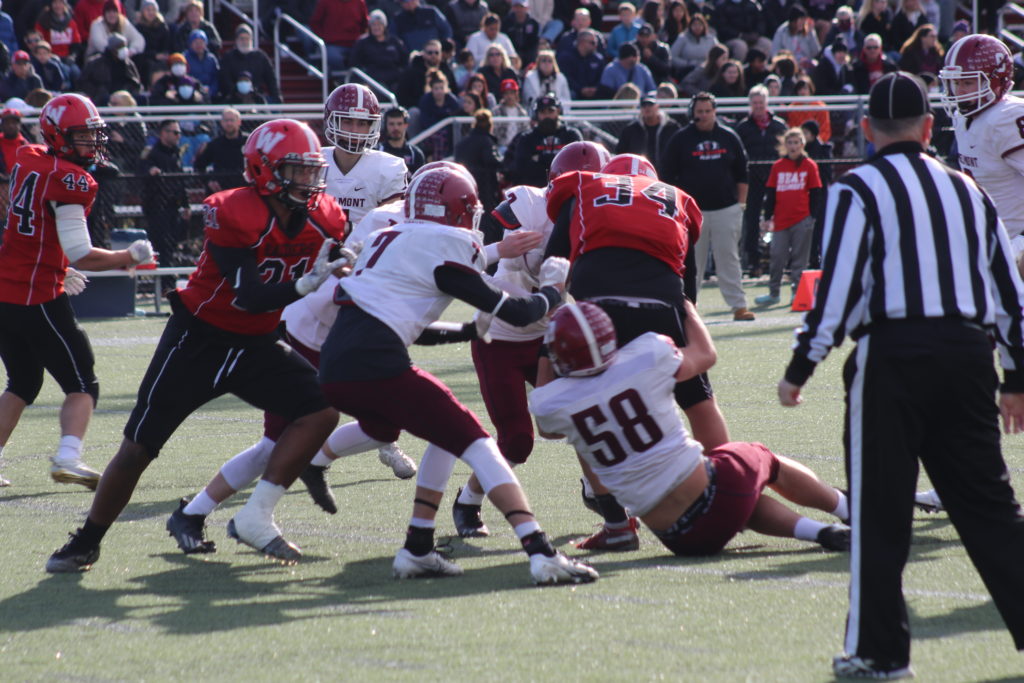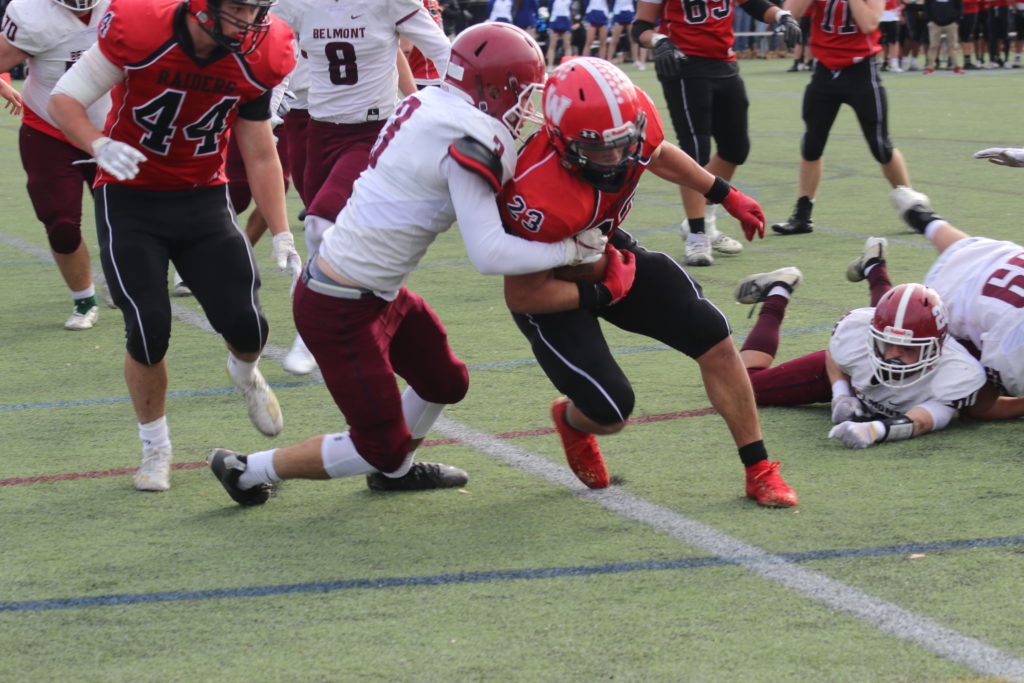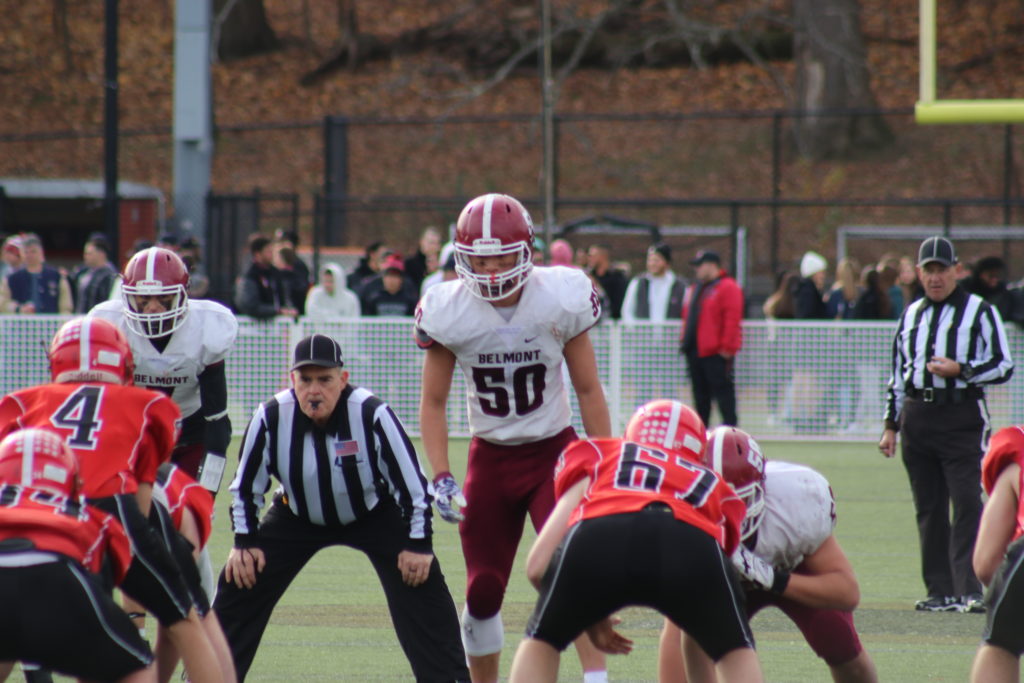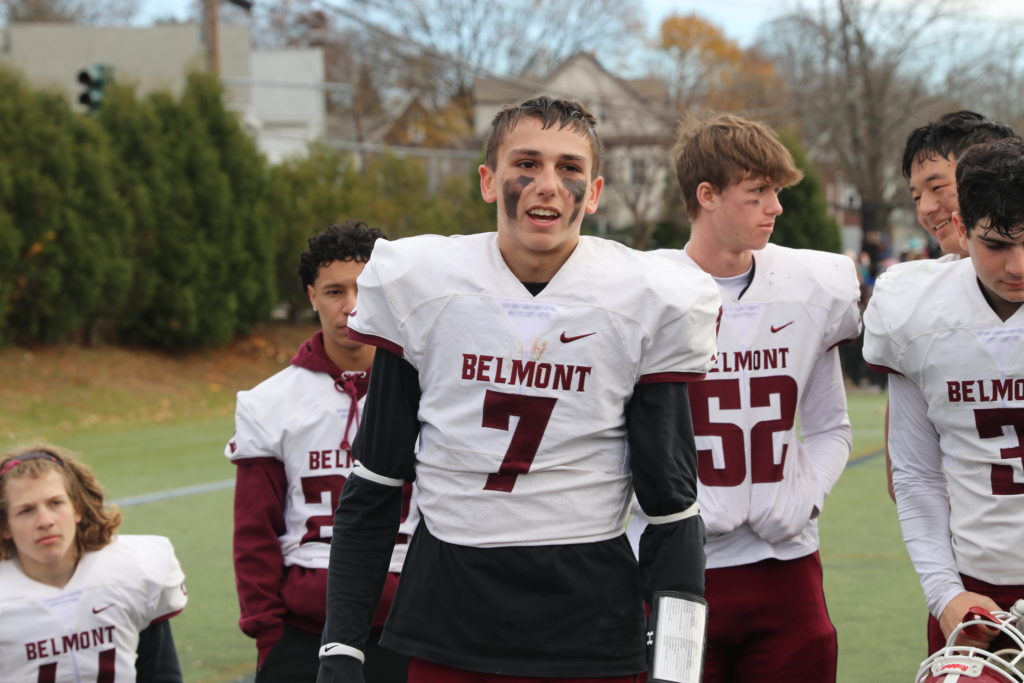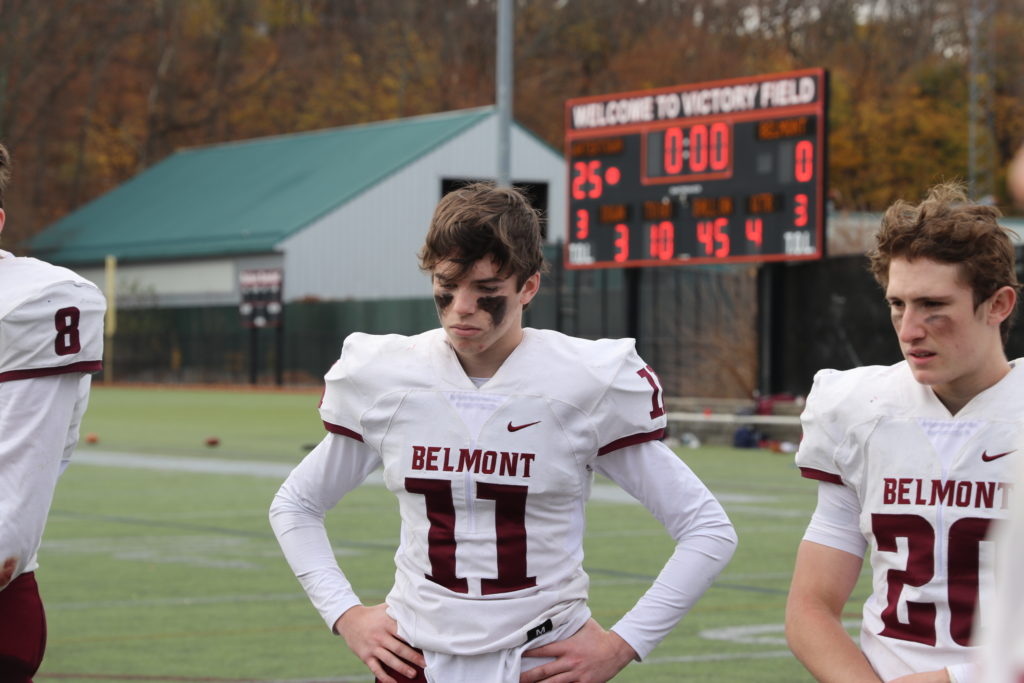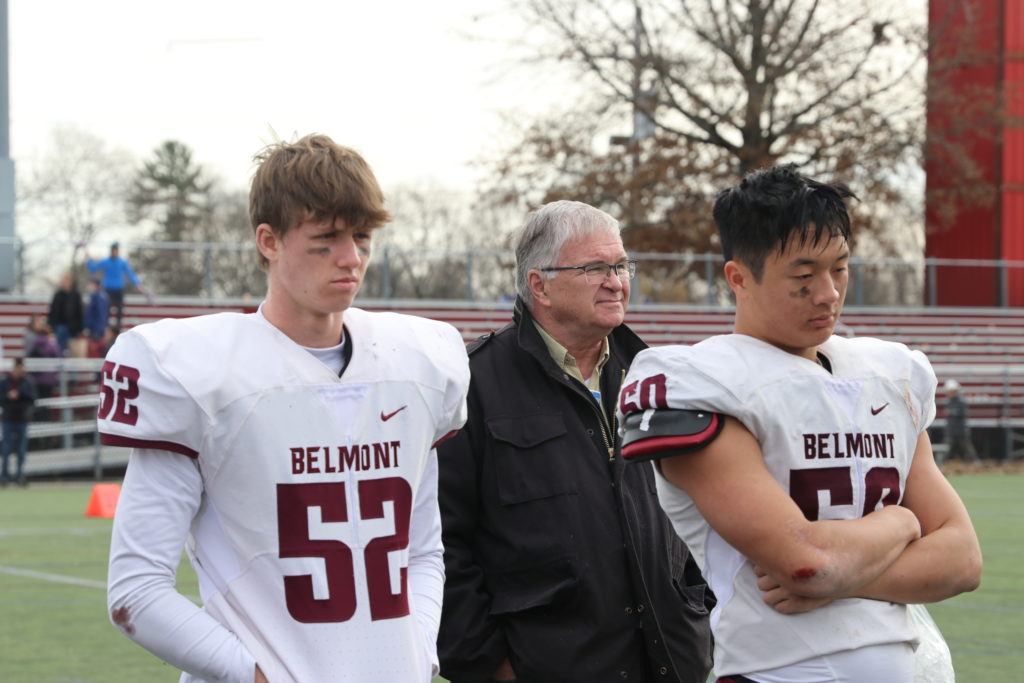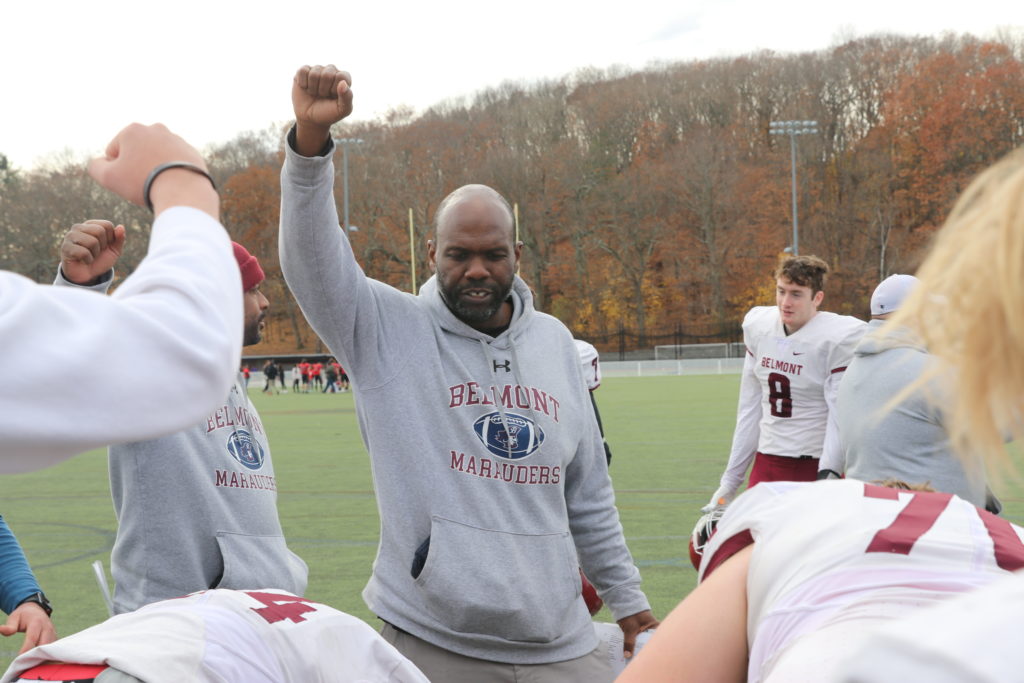Photo: Ellie Shea
Belmont High sophomore Ellie Shea will be at the start of the Eastbay Cross Country Championships National Finals in less than two weeks after finishing 6th in the Northeast Regionals this past Saturday, Nov. 27.
Racing over 5 kilometers (3.1 miles) in historic Van Cortland Park in the north Bronx, Shea clocked in at 17 minutes and 55.3 seconds for her top-ten performance and an automatic entry to the finals to be held on Saturday, Dec. 11 at Balboa Park’s Morley Field in San Diego, Calif.
Senior Angelina Perez from Lakeland Regional High School in New Jersey claimed the Northeast title in 17:21.5.
The Northeast finals comes four and a half months after Shea shattered the freshman 5K track record in the National High School Track Championships in Eugene, Ore. while winning the race. Showing she was primed for Saturday’s race, in October Shea placed second in the BAA Mayor’s Cup Cross Country championship in 17:12 against former collegians and professional runners including current 10,000 meter national record holder and two time Olympian Molly Huddle.
Belmont High’s only other participant in the National Finals – then known as the Footlocker Cross Country Nationals – was Victor Gras who finished 9th (earning All-American status) in 2003 after being the runner up in the Northeast race. As a junior in 2002, Gras finished 28th in the finals.
